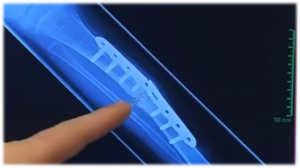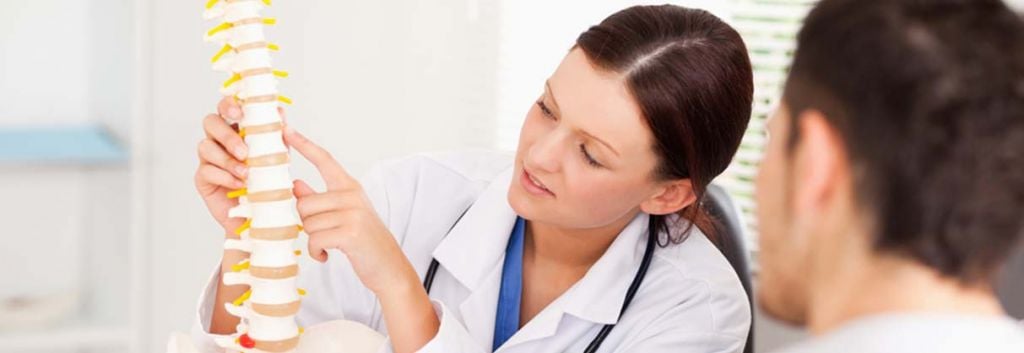Newsletter Signup - Under Article / In Page
"*" indicates required fields
Artificial three-dimensional tissues to regenerate bones and soft tissues: Novadip Biosciences’ dream is a step closer to reality after successfully closing a €28M Series A round. The spin-off of Université Catholique de Louvain coexists with Celyad and Promethera in a biotech cluster where cell therapy is the key protagonist.
 The financing round, led by New Science Ventures, will boost Novadip’s lead compound Creost, a natural ready-to-use 3D bone replacement derived from adipose stem cells. These mesenchymal stem cells are obtained after isolation from a minimally invasive subcutaneous procedure. Their osteogenic structure reconstructs critical size bone defects without the use of any scaffolding, a similar concept to Biom’Up’s MatriBone.
The financing round, led by New Science Ventures, will boost Novadip’s lead compound Creost, a natural ready-to-use 3D bone replacement derived from adipose stem cells. These mesenchymal stem cells are obtained after isolation from a minimally invasive subcutaneous procedure. Their osteogenic structure reconstructs critical size bone defects without the use of any scaffolding, a similar concept to Biom’Up’s MatriBone.
Novadip’s technology originates from research lead by Prof Denis Dufrane and colleagues at St Luc University Hospital and the Université Catholique de Louvain. The company’s recent success also illustrates the University’s ability to spin-off a technology that will have a significant impact on patients.
Novadip, however, is not the only cell therapist in town. Promethera Biosciences was founded in 2009, also as a spin-off from the same University. Promethera is developing two products to treat liver diseases using allogenic progenitor cells harvested from healthy human livers.

Nevertheless, the hands-down most exciting cell therapy based in Mont-Saint-Guibert so far is Celyad, previously known as Cardio3 BioSciences, who switched named to emphasise its change in research focus. From heart disease to cell therapy, the company has jumped into the CAR-T race by raising €103.2M on NASDAQ last June.
With these three outstanding biotechs in its ranks, Louvain-la-Neuve a European hotspot for cell therapy biotechs.






